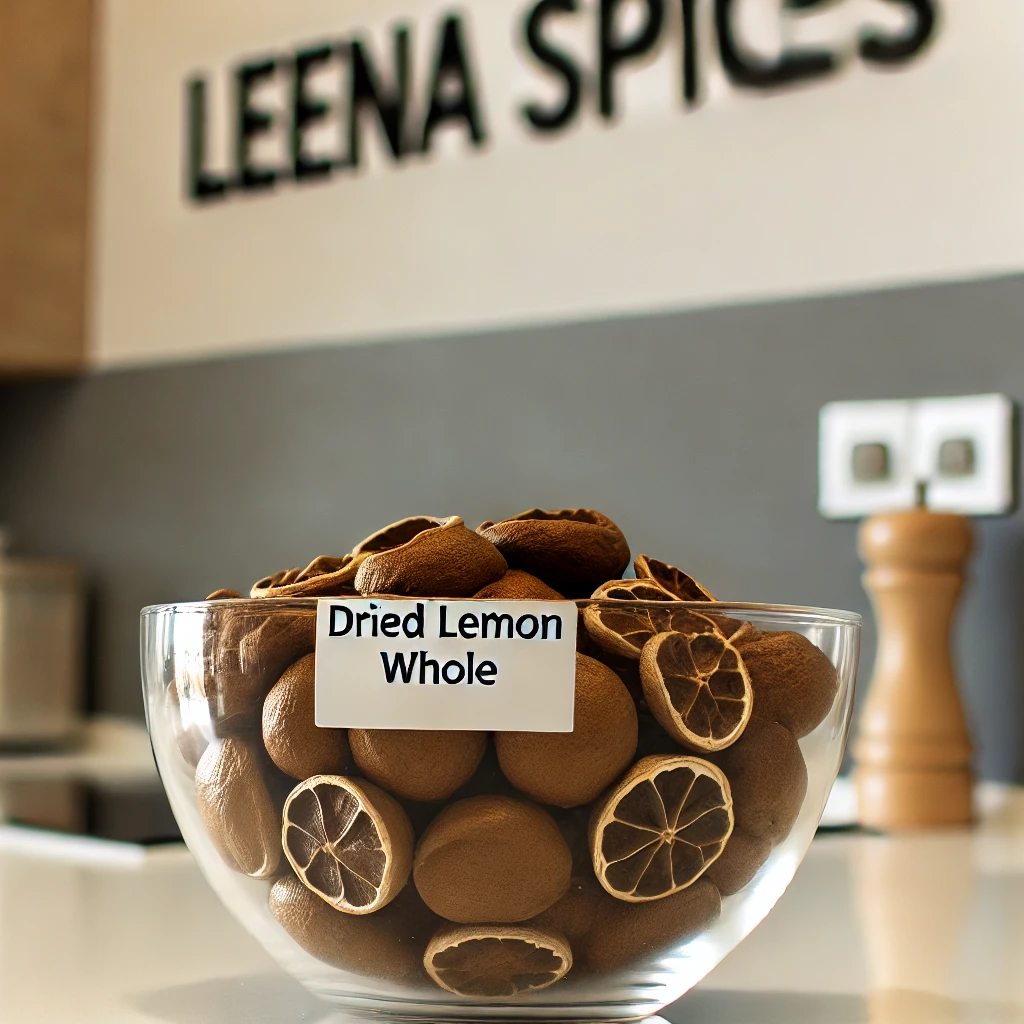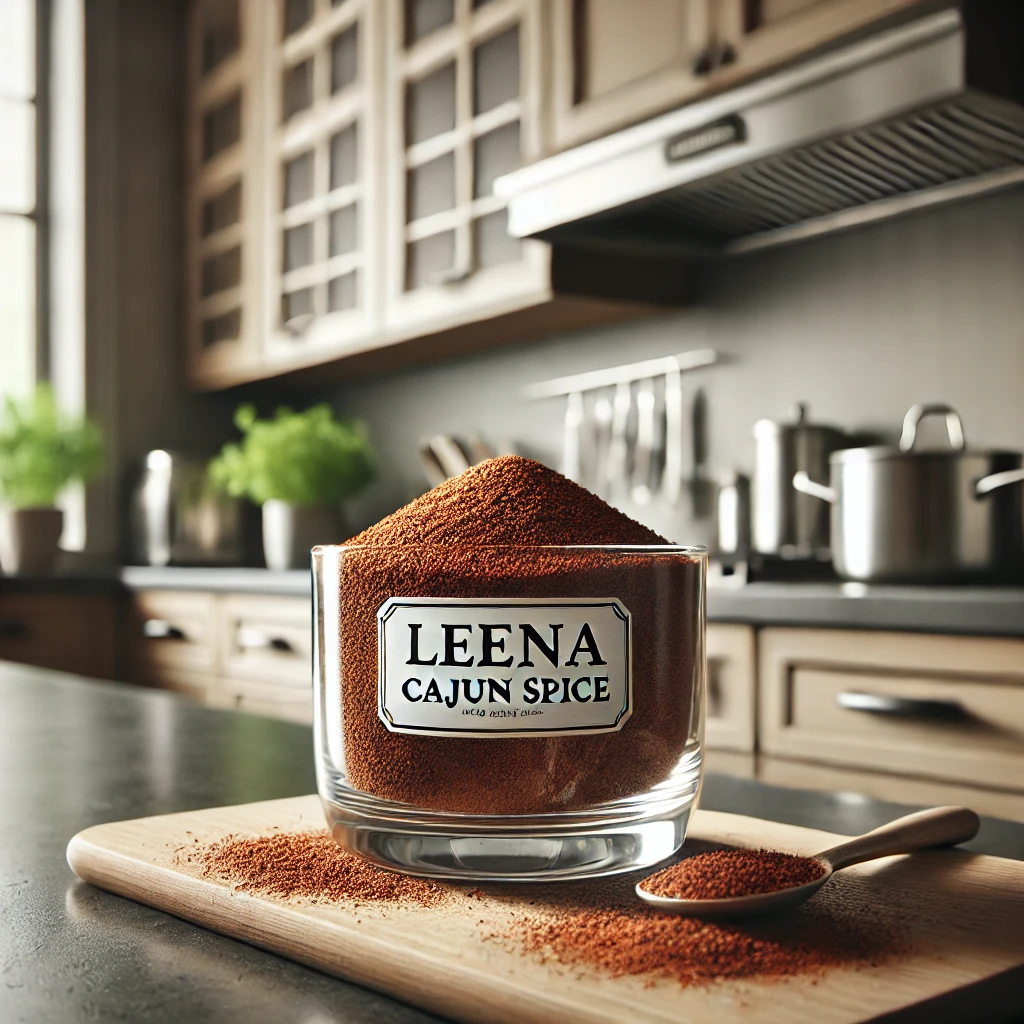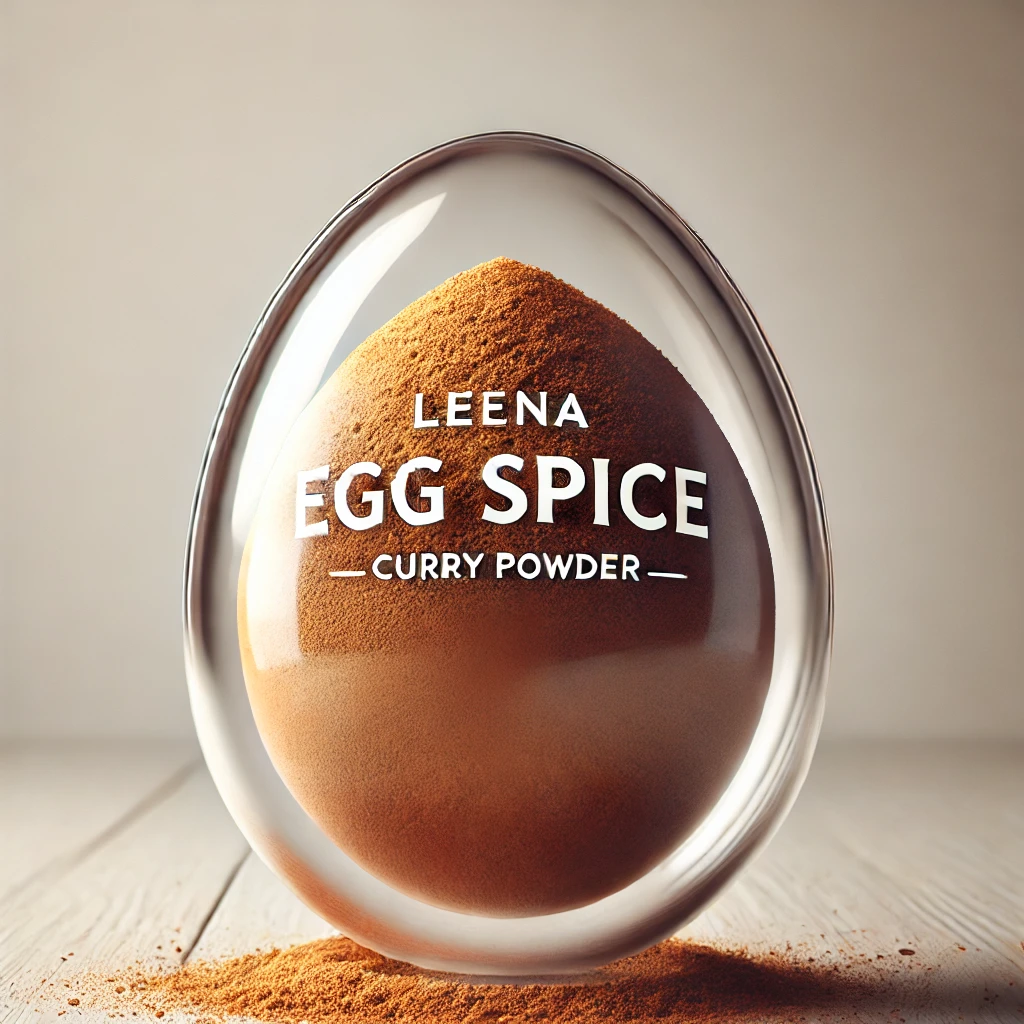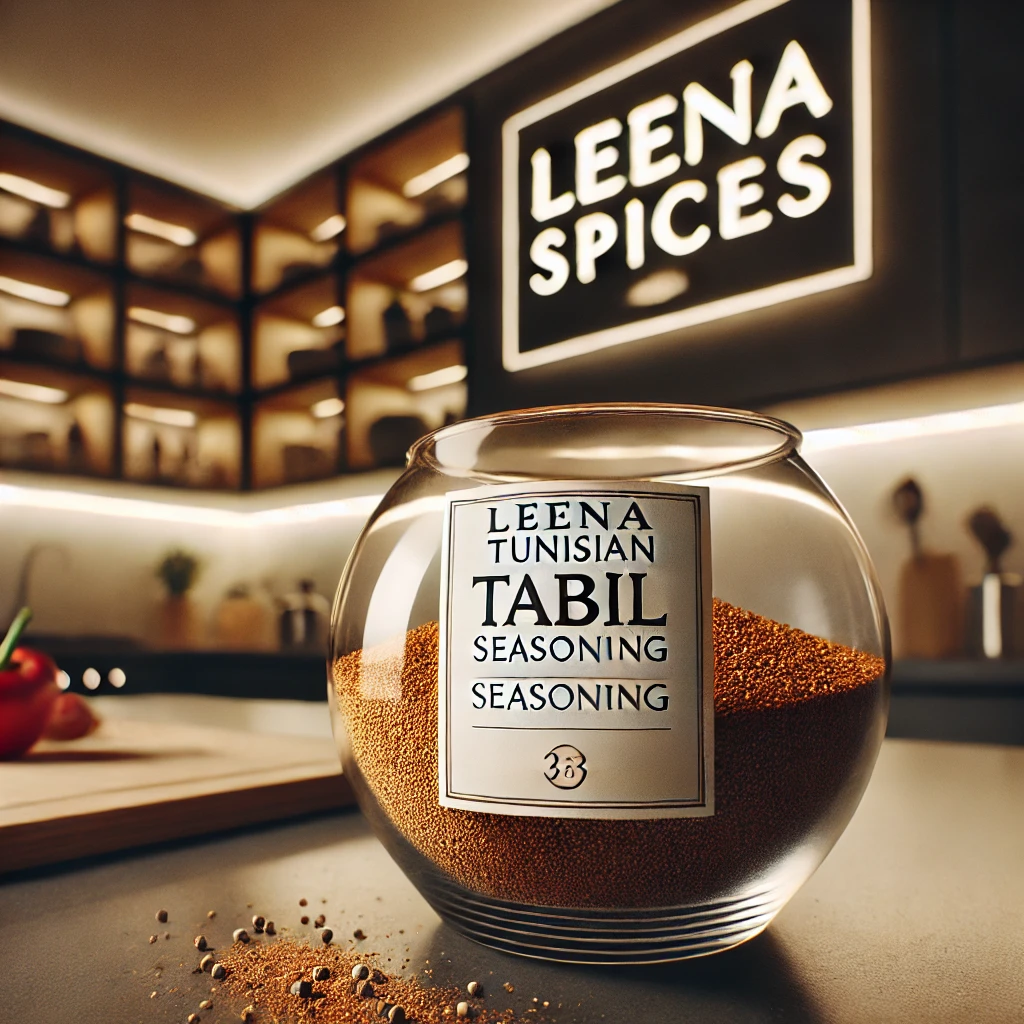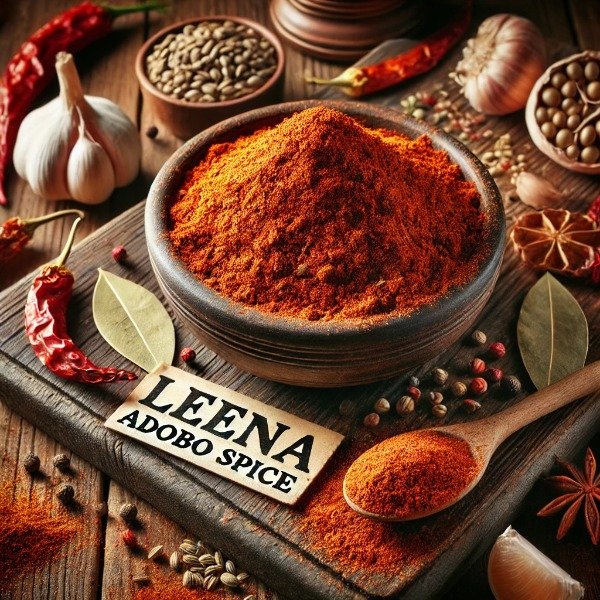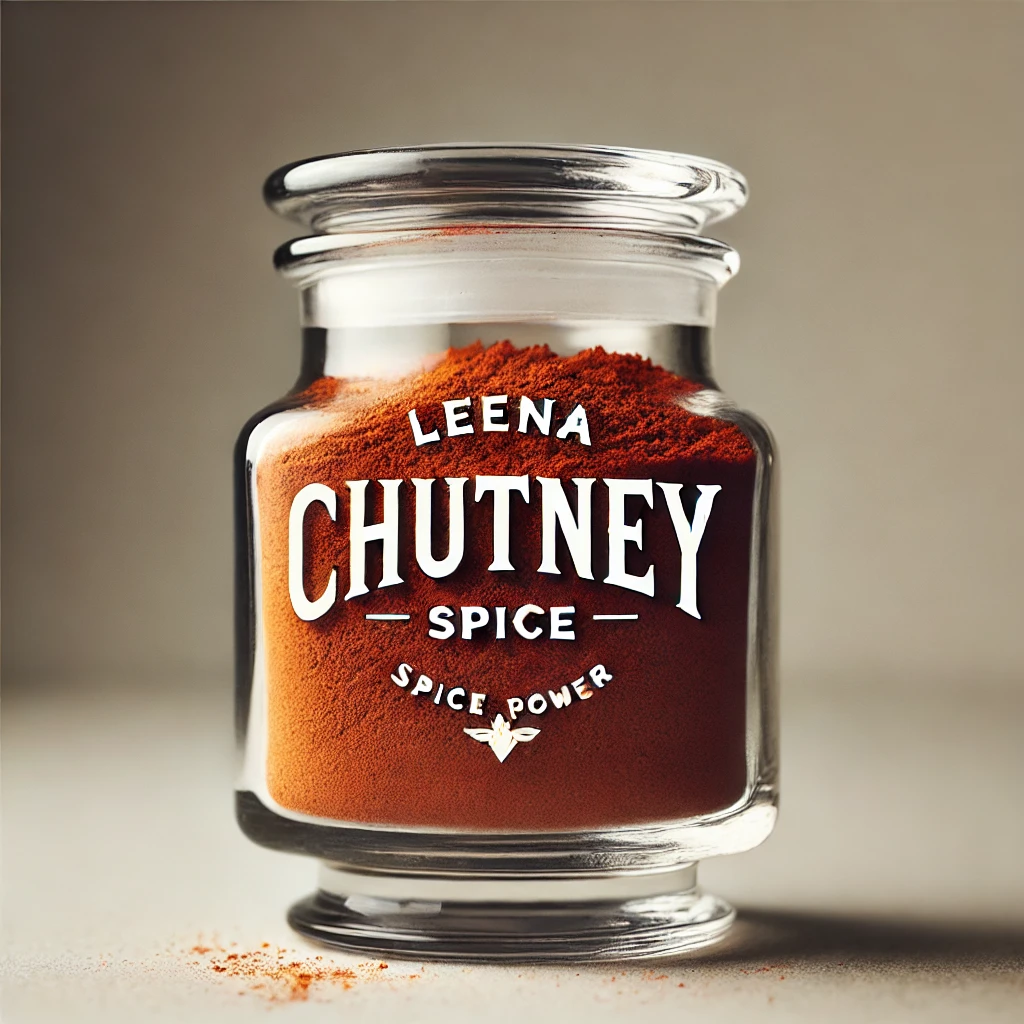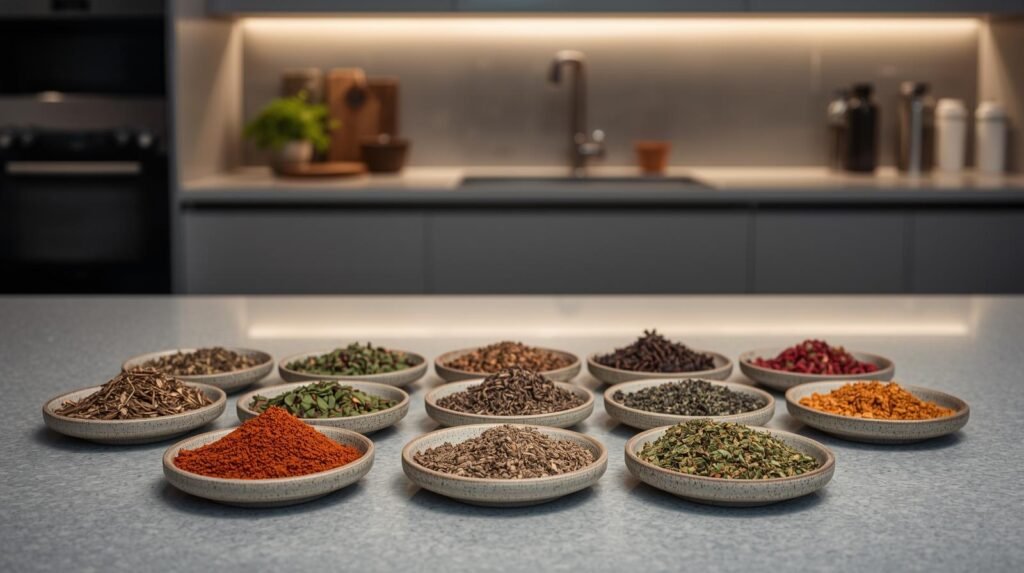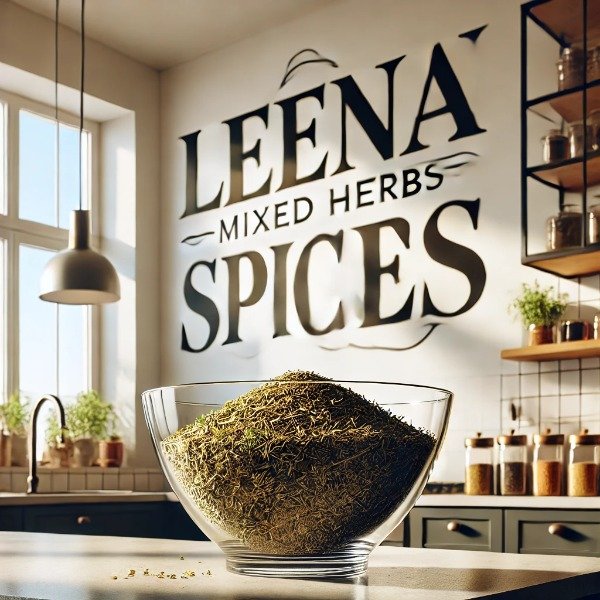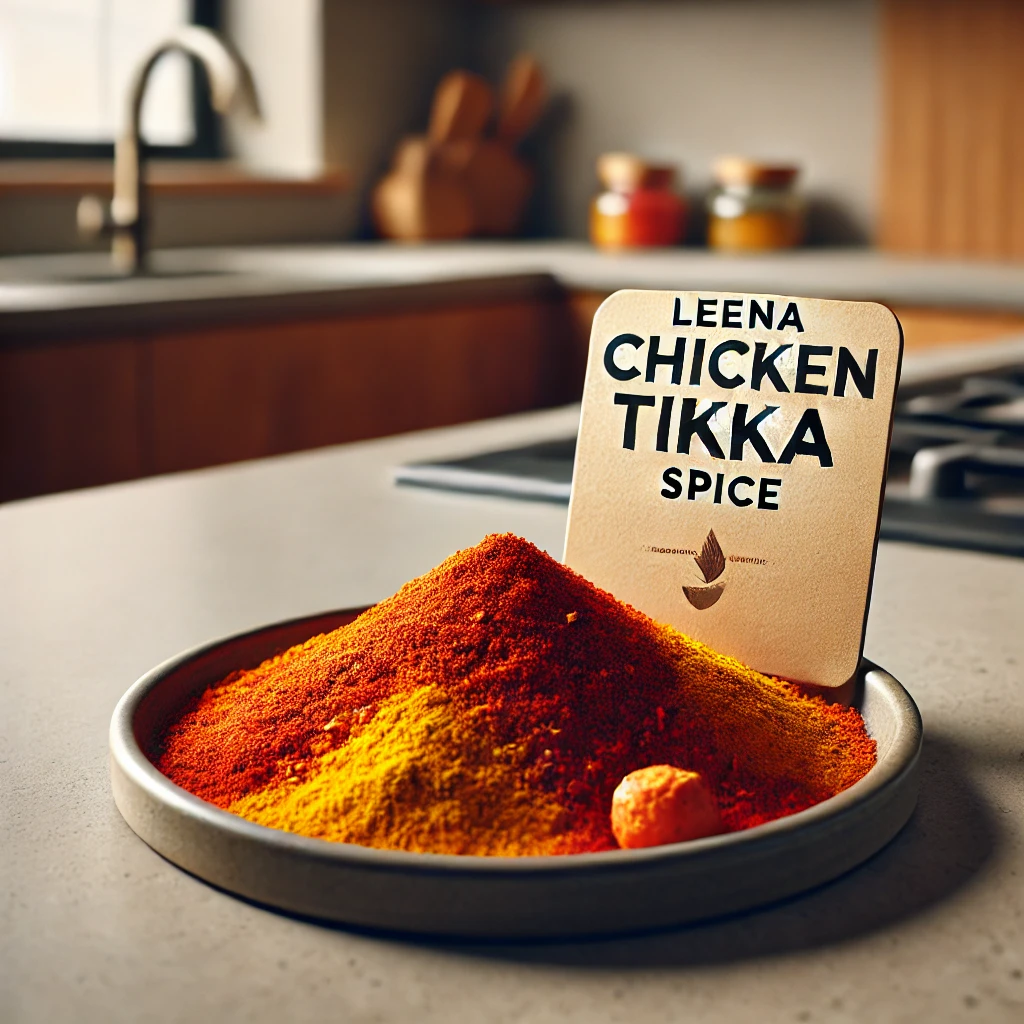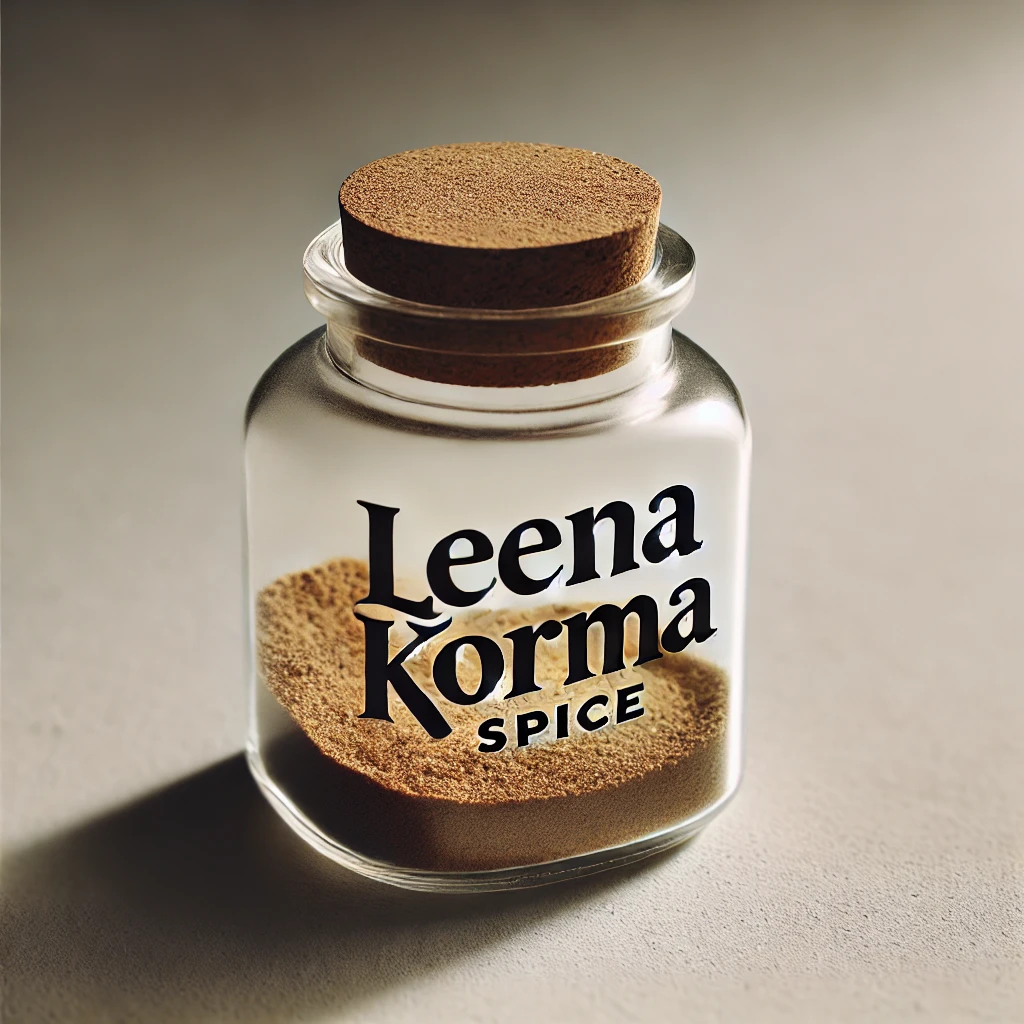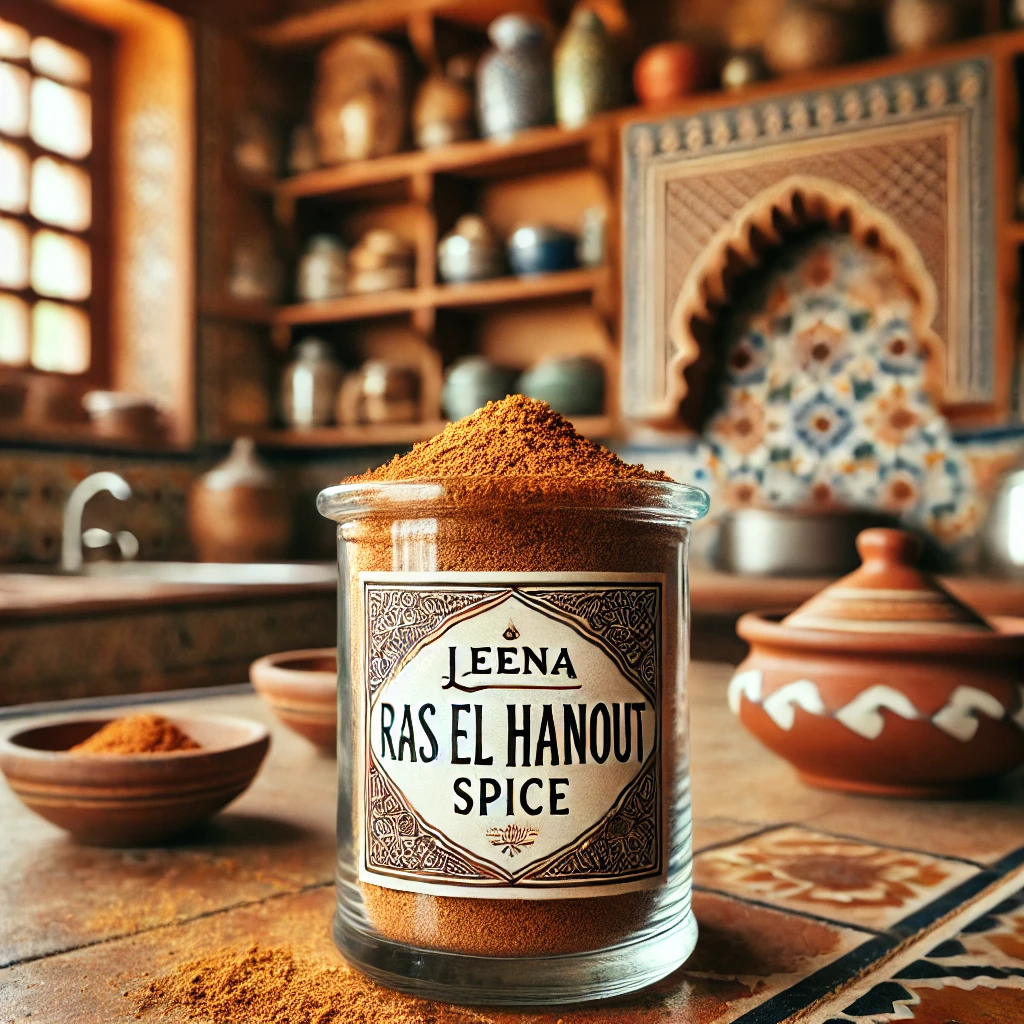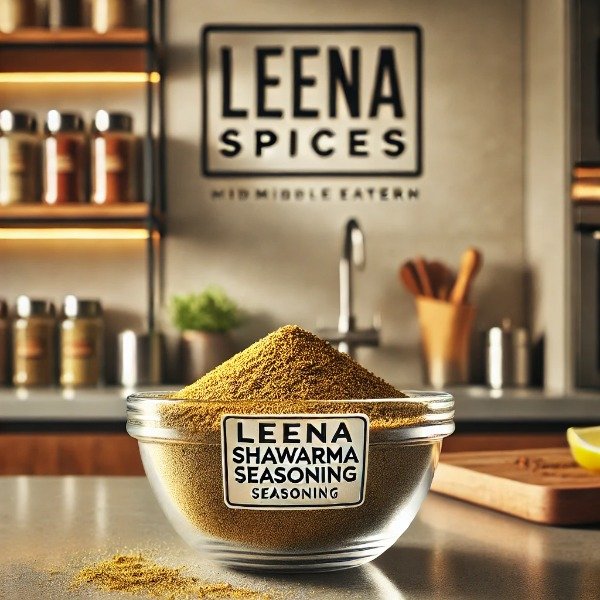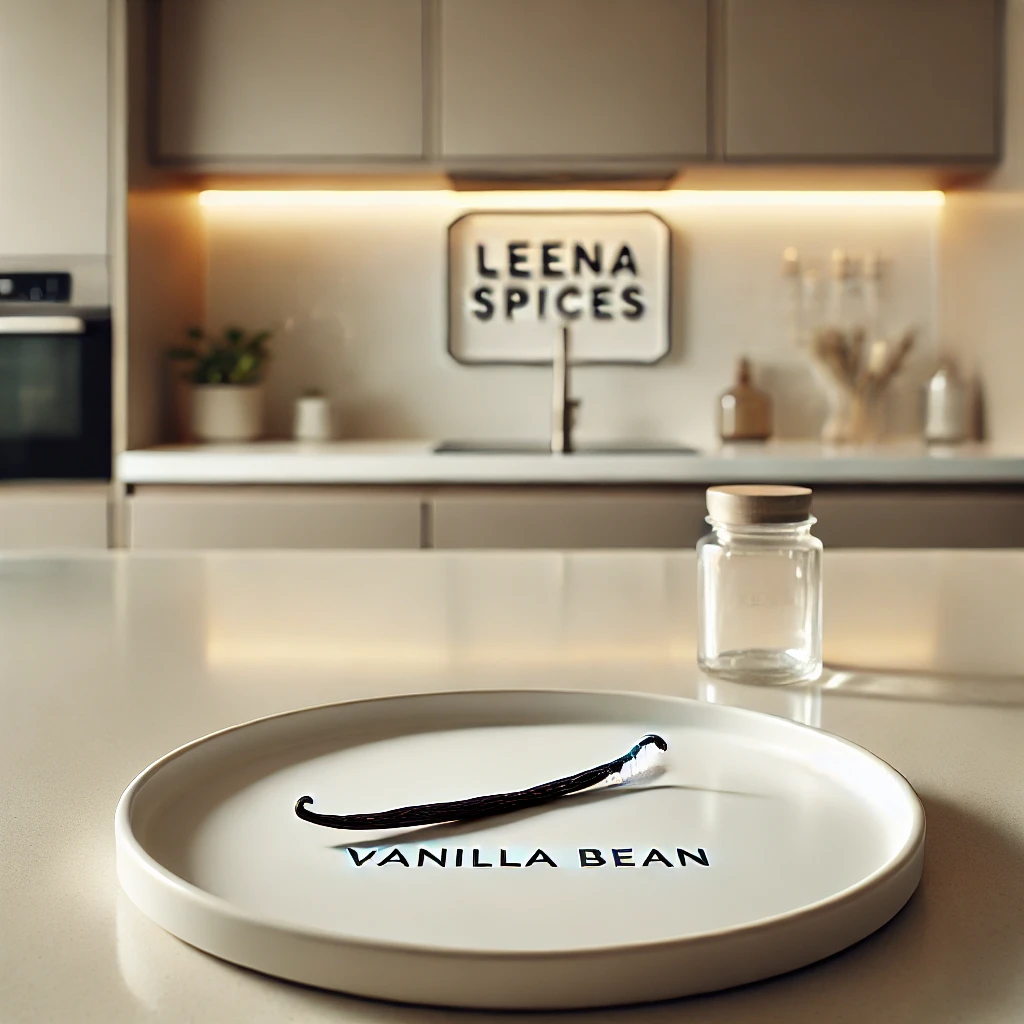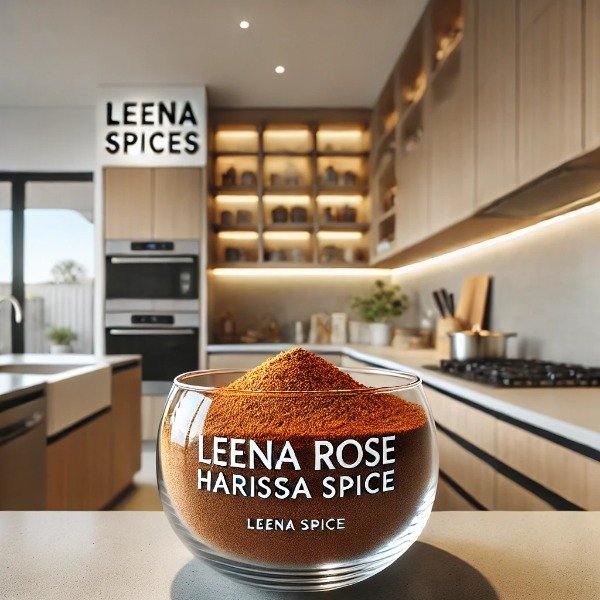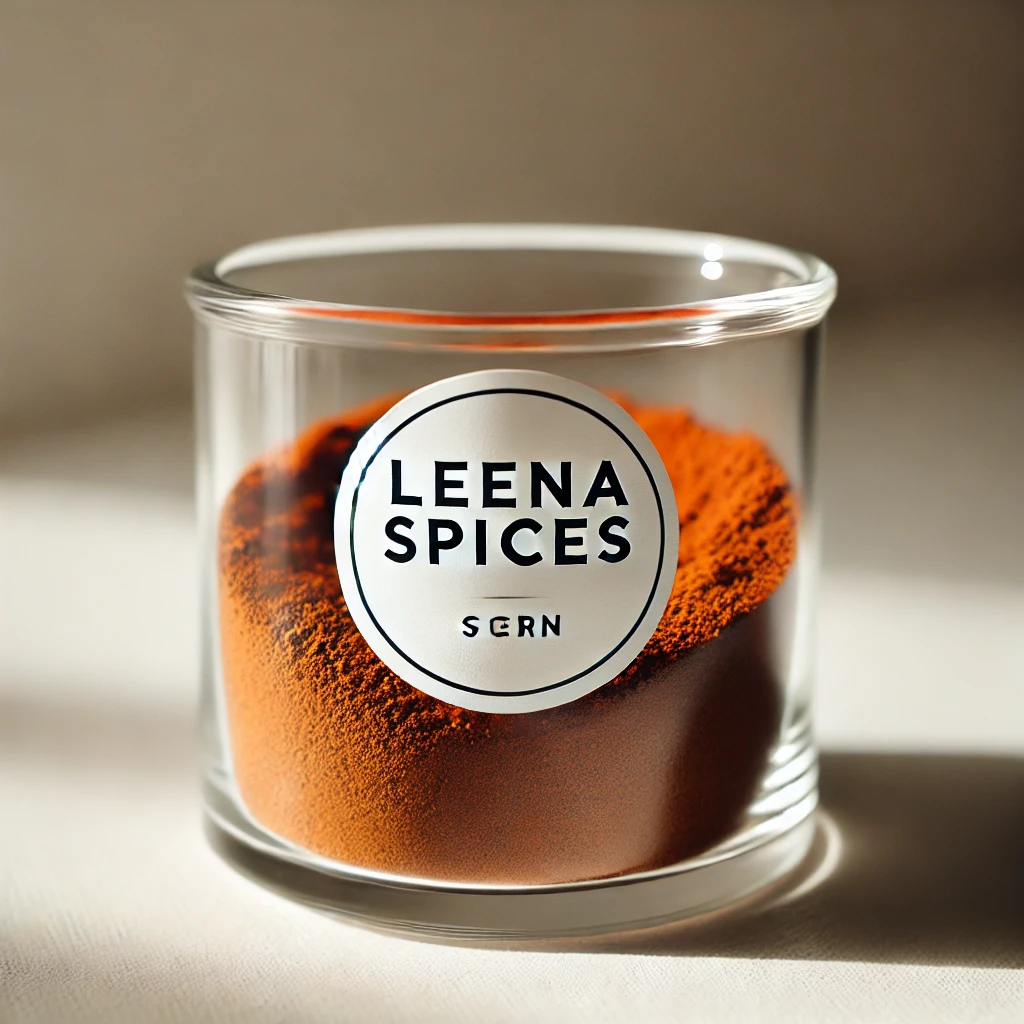Red Capsicums Dried Bell Pepper Flakes - Ultimate Guide
Table of Contents
- Introduction
- Bell Pepper Flakes vs. Chili Flakes: What’s the Difference?
- What is the Difference Between Dried Red Capsicum, Red Bell Pepper Flakes, and Chili Flakes
- History and Roots of Red Capsicum Bell Pepper Flakes
- Who is the prominent producer of Capsicum?
- How Does Dried Capsicum Bell Pepper Flakes Taste Like?
- Is Dried Red Capsicum Spicy and Hot?
- Why Use Red Bell Pepper Flakes (Dried Red Capsicum)?
- Who Should Use Bell Pepper Flakes?
- Where to Buy Bell Pepper Flakes?
- How to Store Red Bell Pepper Flakes for Maximum Freshness?
- What Is the Shelf Life of Bell Pepper Flakes?
- How to Use Bell Pepper Flakes in Cooking?
- How Much Dried Red Capsicum Flakes Should I Use?
Introduction
What Are Dried Red Capsicum and Bell Pepper Flakes?
Dried red capsicums, also known as red bell pepper flakes, is made from mature red bell peppers (Capsicum annuum) that are washed, trimmed, cut, and dehydrated to preserve their vibrant color, mild sweetness, and rich flavor.
Bell pepper flakes are also known as capsicum flakes or sweet pepper flakes. They are a flavorful, non-spicy seasoning made from dried sweet bell peppers. Unlike chili flakes, which are made from hot chili peppers and contain capsaicin (the compound that gives them heat), bell pepper flakes are completely mild. Due to a natural recessive gene that eliminates capsaicin, they score zero on the Scoville heat scale, making them perfect for anyone seeking flavor without spiciness.
These non-spicy pepper flakes are a versatile ingredient that adds vibrant color and a mild, sweet flavor to a wide variety of dishes, from soups and stews to pasta, pizza, and salads. They are especially popular in cuisines that benefit from rich pepper flavor without the burn.
Regional terminology may vary. In Australia, New Zealand, and India, these are often referred to as capsicum flakes, following the local name for bell peppers. Meanwhile, in the United States, Canada, the UK, and South Africa, the terms bell pepper flakes or sweet pepper flakes are more commonly used. In India and Pakistan capsicum is normally known as Simla Mirch.
Whether you are cooking at home or creating gourmet spice blends, bell pepper flakes offer a colorful and flavorful way to enhance your meals, without any heat.
Final Answer
Dried red capsicum and bell pepper flakes are the same product. They are dehydrated, non-spicy red bell peppers processed into flakes or pieces, with differences only in regional terminology
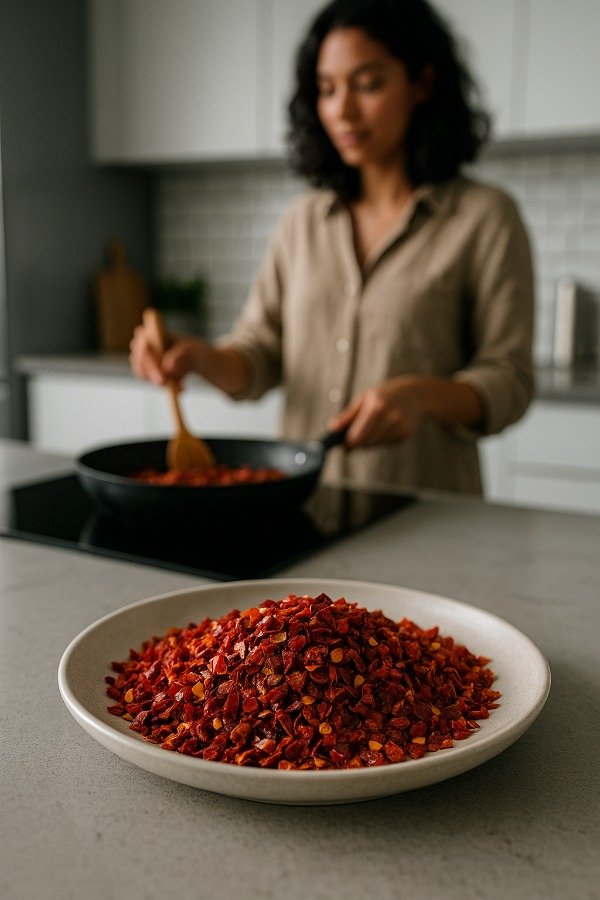
Bell Pepper Flakes vs. Chili Flakes: What’s the Difference?
What Are Chili Flakes?
Chili flakes, also known as crushed red pepper flakes, are made from dried, spicy chili peppers that are crushed (not ground) into small flakes. They often include the seeds, which intensify the heat.
Chili flakes are hot and spicy because they contain capsaicin, the natural compound responsible for the burning sensation associated with chilies.
Common Types of Chilies Used:
- Cayenne peppers (most common)
- Thai red chilies
- Bird’s eye chilies
- Jalapeños (sometimes)
- Other regional hot peppers
The exact flavor and heat level depend on the chili variety used.
What is the Difference Between Dried Red Capsicum, Red Bell Pepper Flakes, and Chili Flakes
A common question is whether dried red capsicum or bell pepper flakes are the same as chili flakes. The answer is no. While both are derived from the Capsicum genus, red bell pepper flakes come from sweet, non-pungent bell peppers, which lack capsaicin, the compound responsible for heat. Chili flakes, on the other hand, are made from dried chili peppers (e.g., cayenne), with a Scoville rating of 30,000–50,000 units, delivering a spicy kick. Red bell pepper flakes are ideal for those who want flavor without heat, while chili flakes are suited for spice lovers. In some regions, like Australia, the term “capsicum” refers to non-spicy peppers, while “chilli” denotes spicy varieties. This distinction is crucial for recipes to avoid unexpected heat.
Feature | Dried Red Capsicum | Red Bell Pepper Flakes | Chili Flakes |
Source | Red capsicum / red bell pepper | Crushed dried red bell pepper | Crushed dried hot chili peppers |
Form | Large pieces: strips, rings, chunks | Small flakes or granules | Fine flakes with seeds |
Flavor | Sweet, mild, slightly smoky | Sweet, mild | Spicy, hot, pungent |
Heat Level | None | None | Medium to very hot |
Color | Bright to deep red | Bright red or multicolored | Deep red, often with yellow seed flecks |
Usage | Rehydrated for cooking | Sprinkled or stirred into dishes | Sprinkled for heat and flavor |
Common Dishes | Curries, pasta, stir-fries, stews | Eggs, pizzas, salads, seasoning mixes | Pizza, pasta, stir-fries, marinades |
Preparation Method | Dried whole or sliced | Dried and crushed | Dried and crushed |
Spice Category | Sweet vegetable-based spice | Sweet vegetable-based seasoning | Hot spice |
Substitute For | Fresh red bell pepper (when rehydrated) | Paprika flakes (milder) | Crushed red pepper or cayenne |
Scientific Name
Capsicum annuum
Kingdom
Plantae
Family
Solanaceae
Genus
Capsicum
Common Names
In UK, & Ireland: Sweet Pepper, or Pepper
In US, & Canada: Bell Pepper
In New Zealand & Australia: Capsicum
In India, & Pakistan: Shimla Mirch
History and Roots of Red Capsicum Bell Pepper Flakes
Origin of dried red capsicum
The story of red capsicum flakes, also known as dried crushed bell pepper, begins with the rich history of the bell pepper itself—Capsicum annuum—a species native to Central and South America. Bell peppers have been cultivated for thousands of years, with archaeological evidence tracing their domestication back to at least 6,000 BCE in regions that now include Mexico and Guatemala.
When Spanish and Portuguese explorers arrived in the Americas in the 15th and 16th centuries, they were introduced to a wide range of peppers. These explorers brought various capsicum species, including the sweet, non-spicy bell pepper, back to Europe and Asia through trade routes. The vegetable quickly gained popularity in countries like Spain, Hungary, India, and eventually spread across the globe, adapting to different climates and cuisines.
Unlike their spicy cousins, bell peppers developed through selective cultivation to be sweet and mild, free from capsaicin—the compound responsible for heat in chili peppers. Over time, the red bell pepper, which is simply a fully ripened green pepper, became a culinary favorite due to its rich color, sweetness, and versatility.
The practice of drying and crushing red bell peppers for long-term storage and use evolved as part of traditional preservation methods. Drying allowed seasonal produce to be stored for months, while crushing made it easier to blend into spice mixes and dishes. Today, red capsicum flakes are a staple in gourmet kitchens, health-conscious pantries, and global spice racks, appreciated for their flavor, color, and gentle, non-spicy character.
Recent studies confirm that bell peppers (Capsicum annuum), including red and green varieties used for dried red capsicum and bell pepper flakes, are native to Central and South America, specifically regions encompassing Mexico, Central America, and northern South America (e.g., Peru, Bolivia).
Who is the prominent producer of Capsicum?
Prominent Producer of Capsicum
China is the world’s leading producer of Capsicum (including bell peppers and chili peppers), accounting for approximately 46–48% of global production as of recent data.
Other Notable Producers
China is the world’s leading producer of Capsicum (including bell peppers and chili peppers), accounting for approximately 46–48% of global production as of recent data.
While China leads, other countries are also prominent producers of Capsicum:
- Mexico: The second-largest producer, contributing 7.8% of global Capsicum production (2.7 million tonnes in 2014) and a key player in bell peppers, with exports to the USA accounting for 87% of U.S
- Turkey: Produces 8.4% of global Capsicum
- Indonesia: Contributes 3.4%
- India: Produces 1.5 million tonnes
- Spain and USA: Each produce around 1.1 million and 0.9 million tonnes, respectively, with Spain focusing on paprika and the USA on bell peppers, especially in California and Florida.
How Does Dried Capsicum Bell Pepper Flakes Taste Like?
Dried red bell pepper flakes, also known as red capsicum flakes or sweet pepper, has a rich, concentrated flavor that’s slightly sweet, earthy, mildly smoky and tangy taste.
Unlike chili flakes, dried capsicum flakes are not spicy or hot — they’re a mild, non-spicy seasoning. Instead of heat, they offer a gentle sweetness and rich depth of flavor that enhances dishes without overpowering them. These versatile flakes can bring warmth and complexity to a wide range of recipes, from soups and sauces to pasta, rice dishes, and more.
Is Dried Red Capsicum Spicy and Hot?
No, dried red capsicum (red bell pepper flakes) is not spicy or hot. It is made from fully ripened red bell peppers (Capsicum annuum), which lack capsaicin, the compound responsible for spiciness in chili peppers.
Why Use Red Bell Pepper Flakes (Dried Red Capsicum)?
Red bell pepper flakes are a versatile ingredient that complements a wide range of dishes, from Mediterranean to Asian cuisines. It can be used in BBQ rubs, soups, Pizza, marinades, Lentil stews, Pasta, sauces, risottos, Curries, chutneys, Braai rubs, and Ratatouille, bouillabaisse.
1. Adds Vibrant Flavor Without Heat
Red bell pepper flakes offer a sweet, slightly fruity, and mildly smoky flavor without the spiciness of chili flakes.
2. Enhances Visual Appeal with Vibrant Color
The bright red hue of dried red capsicum adds visual vibrancy to dishes, making them more appetizing.
3. Nutritional Benefits
Red bell pepper flakes are packed with nutrients, making them a healthy addition to your diet.
Even in their dried form, bell peppers retain many of their original nutrients and are a good source of Vitamin C, Vitamin A and Antioxidants.
4. Convenience and Long Shelf Life
Unlike fresh bell peppers, which spoil quickly, dried red capsicum flakes have a shelf life of 1–2 years when stored properly. This makes them a convenient pantry staple for quick meal prep.
5. Versatile in the Kitchen
From Mediterranean dishes to Indian curries, these flakes can be added to countless recipes for extra color, texture, and mild peppery flavor.
6. Adds Natural Sweetness Without Sugar
They bring a mild, natural sweetness to dishes. This makes them perfect for balancing acidic ingredients like tomatoes or vinegar, and for adding depth without artificial sweeteners.
Who Should Use Bell Pepper Flakes?
Bell pepper flakes are ideal for:
- Home cooks who want to add flavor without heat
- Chefs creating mild dishes or spice blends
- Parents cooking for young children
- People with acid reflux or spice sensitivity
- Anyone avoiding spicy foods for health reasons
They’re also great for:
- Vegan or vegetarian recipes
- Gluten-free or allergen-conscious diets
- Creative seasoning blends
Where to Buy Bell Pepper Flakes?
You can find bell pepper flakes at:
- Specialty spice stores
- Online marketplaces
- Health food retailers
- Some grocery stores (usually in the spice section)
Tip: Always check the ingredient label. High-quality bell pepper flakes should contain only dried bell peppers, with no added salt, sugar, or preservatives.
How to Store Red Bell Pepper Flakes for Maximum Freshness?
To keep bell pepper flakes fresh, store them in resealable bags or airtight containers in a cool, dry, dark place, like a pantry. Avoid exposure to heat, light, or moisture, which can cause flavor loss or spoilage. Properly stored, they can last up to 1–2 years, though their flavor is best within 6–12 months.
What Is the Shelf Life of Bell Pepper Flakes?
The shelf life of dried red capsicum flakes is typically 1–2 years when stored properly in airtight containers in a cool, dark place. Check for signs of spoilage, such as a musty smell or faded color, before use.
How to Use Bell Pepper Flakes in Cooking?
Bell pepper flakes are a quick and easy way to add depth to your meals. Here are some popular ways to use them:
- Sprinkle on pizzas or flatbreads for added color and mild pepper taste.
- Mix into soups, stews, or pasta sauces for a gentle sweetness and earthy aroma.
- Add to scrambled eggs or omelets for flavor and texture.
- Stir into rice, couscous, or quinoa dishes for extra color and a mild kick.
- Include in spice blends or rubs for grilling or roasting meats and vegetables.
- Garnish salads with a handful of flakes for a burst of color and mild crunch.
How Much Dried Red Capsicum Flakes Should I Use?
Because bell pepper flakes are milder than chili flakes, you can use generous amounts without worrying about overpowering the dish. A good starting point is:
- ½ to 1 teaspoon per serving for soups, stews, or sauces
- 1 tablespoon in spice blends or dry rubs
- A light sprinkle as garnish for visual appeal
Use bell pepper flakes when you want flavor and color, not fire.



